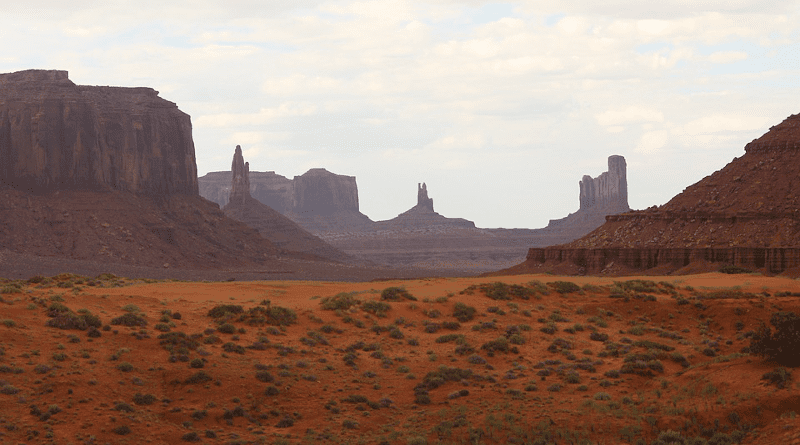Dataset Reveals Effects Of Land Dispossession And Forced Migration On Indigenous Peoples In North America
The legacy of land dispossession and forced migration of Indigenous peoples in North America – and lamentable outcomes – are illuminated in a new dataset that compares historical tribal lands to present-day tribal land.
The authors of the study “drew on sources of information that have been known for many years but had not been integrated because of the enormous task involved,” writes Donald Fixico in a related Perspective. The results provide a way to better inform future research and policy.
While previous research clearly illustrates that land dispossession and forced migration laid the foundation for conditions Indigenous peoples in the U.S. face today, it has primarily focused on qualitative, case study-based evidence drawn from historical and anthropological accounts.
What’s more, much reliable data concerning the long history of land dispossession and forced migration is fragmented and difficult to access, whether suppressed intentionally or scattered and buried across disparate government agencies.
Justin Farrell and colleagues compiled a vast amount of data from a wide variety of sources, ranging from Indigenous nations’ publications and public records to U.S. government records. Analysis of the data reveals a detailed record of Indigenous land loss and forced migration that spans nearly 300 years.
According to Farrell et al., Indigenous land density and spread have been reduced by nearly 99% since European colonization and continental expansion. Indigenous populations were also forced into lands that are more vulnerable to climate impacts and contain fewer natural resources, the analysis shows.
Today, indigenous lands are more likely to neighbor federally managed lands, which inhibit indigenous movements, management and traditional land uses.
“This macro analysis enables us to quantitatively reexamine, in comprehensive ways, what Indian Country looked like as it was displaced and diminished and how the tribal land base might be viewed today,” writes Fixico.

